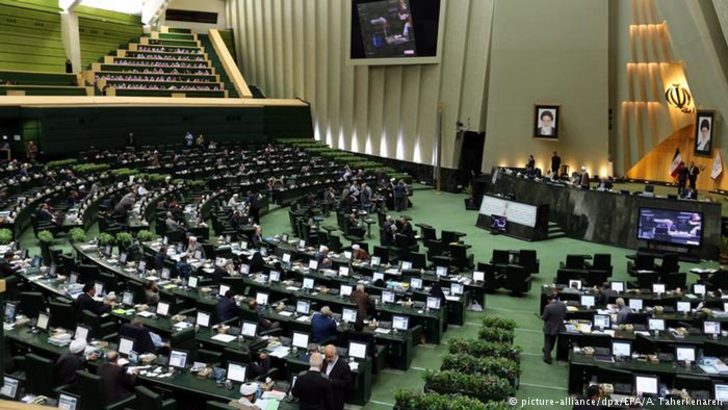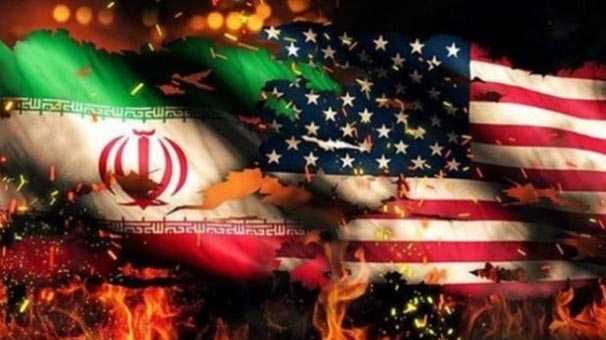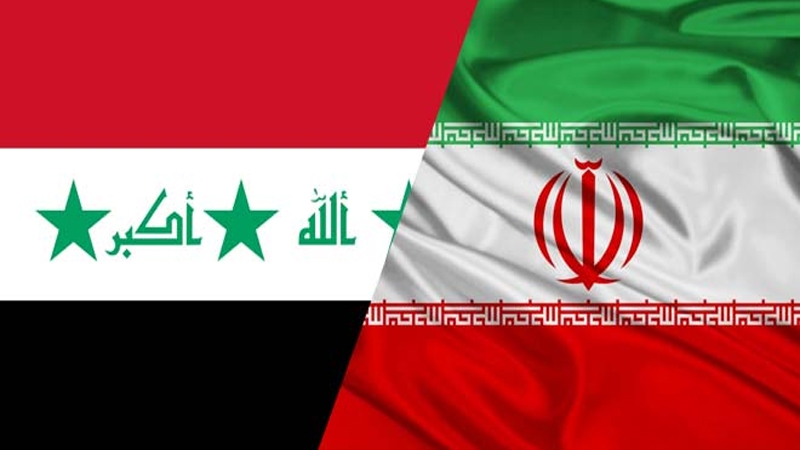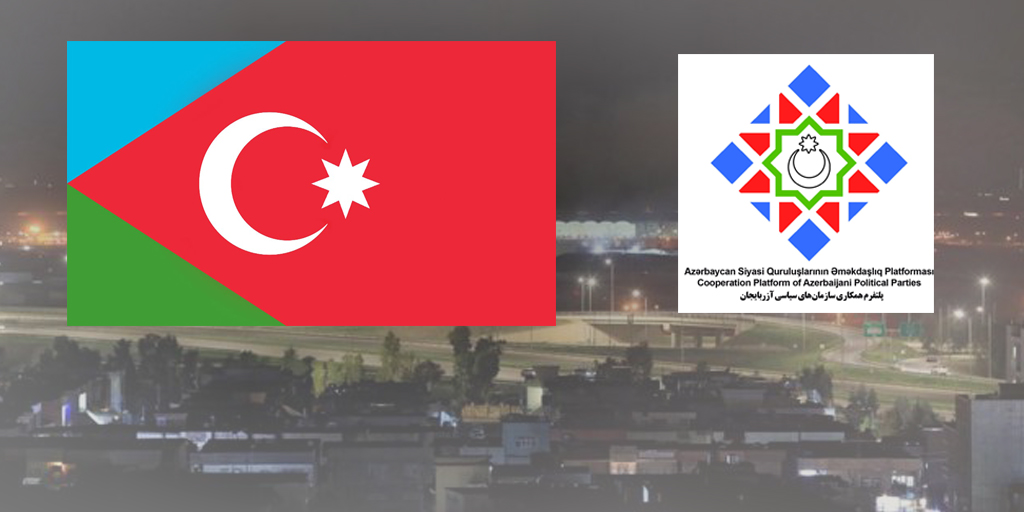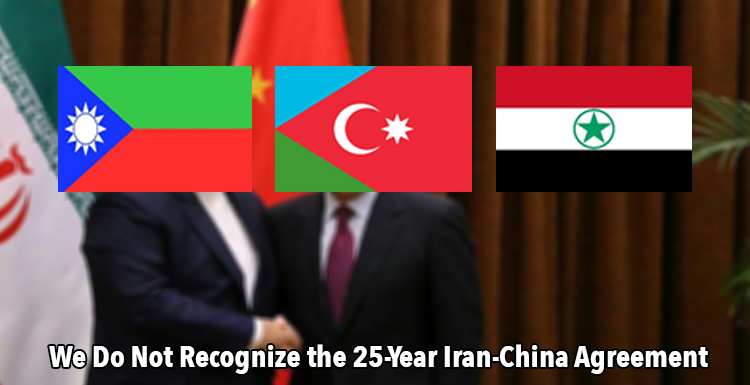Discriminations in Iran

Written by Babek Chalabiyanli
Iran is a real mosaic: the country has many minorities – Turks (Azerbaijani), Kurds, Arabs, Turkmen, and Baluchi’s, among others, constitute the population of entire provinces of the country, although there are no official statistics on the composition of the population; such a subject is taboo for the authorities. The Islamic revolution of Iran was welcomed with widespread participation of non-Persian nations for overthrowing the Pahlavi regime hoping to enjoy their national rights in 1979, but when the non-Persian claimed for their rights from the Islamic Republic regime, they were greeted by assassination, execution, and banishment and mass forced displacement and finally following repressive policies have been adopted against them:
- No right of free speech, assembly or movement
- Arrest and imprisonment without charge or trial
- Systematic liquidation of non-Persian intellectuals (genocide of intellectual)
- Torture, forced confession, solitary confinement
- House searches without warrant, Assassination, stoning, extra-judicial murder
- No rights for education in mother language (ethnic cleansing along with high illiteracy among non-Persian speakers)
- Land confiscation for “Constructing settlement.”
- Unemployment, abject poverty, prevalent addiction among young generation
By these barbaric policies, the non-Persian ethnic groups have been trapped into the world’s largest open-air prison of the Islamic Republic regime.
Discrimination against Non-Persian ethnics
The most important discrimination against ethnic minorities in the Iranian constitution is outlined in Article 15. Based on this article the official language in Iran is Persian. With this article in place, the language, culture and literature of ethnic minority groups are not included. All government offices and even nongovernmental offices in non-Persian speaking regions must use Persian in their correspondence and communications. While the second part of Article 15 accommodates the limited use of minority languages and scripts in local media and schools alongside Persian, in practice this has never been the case. As Article 15 does not guarantee the rights of ethnic minorities, those whose have a first language other than Persian have not been able to use their native tongue in schools
Iran is not just Persian. Persian also is not the majority of Iranian populations even they are the second minority group in the country. Azerbaijani Turks is majority ethnic group in Iran, yet they don’t have equal rights same as Persian ethnic. According to Iranian Former Foreign Minister Ali Akbar Salehi speech in Turkey, 40% of the Iranian population are Turks. The Kurds, Arabs, Baluchi’s, and Turkmens have the almost same situation as Turks in Iran. All the other Non-Persian citizens assumed second-class citizens by the government, and all of the non-Persian regions are deprived. For example, Most of Iranian petrol resources located in AL Ahwaz (Arabs area), but Al-Ahwaz is lagging area in the country. South Azerbaijan (Northwest of Iran) is resources of diversities mines, such as aluminum, copper, gold, etc. Also, South Azerbaijani regions have fertile agricultural lands. However, government investment in this areas is very low compared to Persian area. The annual numbers of Azerbaijani youth migrate into Persian populated areas to find the job.
Discriminations against religious
According to unofficial statistics, Iran’s religious demography are as follows. The country has a total area of approximately 632,000 mi², and its population is approximately 74 million. In 2014, the population was approximately 98 percent Muslim, of which an estimated 89% were Shi’a and 9% Sunni (mostly Turkmens, Arabs, Baloch’s, and Kurds living in the southwest, southeast, and northwest). Although there are no official statistics on the size of the Sufi Muslim population, some reports estimated between two to five million people practice Sufism compared to approximately 100,000 before 1979. Baha’i’s, Christians, Zoroastrians, Mandaeans, and Jews combined constitute approximately two percent of the population. Even though Iran is a Muslim country, but just the Shiite religion is official religion in the country. All other religious minorities, including Christians, Sunni (Muslim), Baha’is, Christians, Zoroastrians, the Jews cannot freely do worship. The Baha’is situations are difficult of all because they considered apostates in Iran. Also Baha’is because of their faith have no the right to study at university.
Discriminations against gender
Since the Islamic Revolution, Iran’s clerical rulers have been preoccupied with setting limits on the rights and role of women and have taken many initiatives to impose gender discrimination under the rubric of applying Islamic law. Laws have been enacted sharply restricting women’s educational and professional opportunities, reinforcing male control over women in the family, imposing gender segregation in many arenas such as sports activities, requiring all women to wear dark and concealing uniforms, and adding discriminatory features to the criminal code. However, Iranian women have fought to roll back such discriminatory laws and have managed to pressure the government to make some concessions to their demands for enhanced rights and opportunities. If women demand their rights and stand against the Iranian regime violations, the Iranian dictator regime perceives them as threats to the security of the regime. In fact, it is a common policy of the Iranian regime to accuse the men and women activists of being a national threat against the integrity of the country as the last step to liquidate them or to at least deprive them of basic social and political rights. In the case of ethnic none Persian women: they can be arrested, their licenses, properties, and belongings can be confiscated, their rights to get an education can be taken away, they can lose their jobs, and there are no more chances to work in the future. All of these rights were taken away, and the ethnic women do not have control over their lives anymore.
In conclusion, Non-Persian ethnic minorities make up roughly 60-70 percent of Iran’s population. The main minority groups are Azerbaijani Turks, Kurds, Ahwazi Arabs, Baloch, and smaller populations of Turkmen, and Lors. South Azerbaijani Turks, most of whom are Shiites although they suffer cultural, economic, and political discrimination. Arabs, Kurds and, the Baloch are mostly Sunni and thus subjected to the highest level of discrimination by Iran’s Shiite theocracy. From the time of Reza Shah Pahlavi (1925-1941), the Iranian central government has attempted to mold ethnic minority groups into the state’s vision of an ideal Iranian nation. Reza Shah used military might to suppress and subjugate minority groups, banned the writing of non-Persian languages, and made Persian the national language of Iran. The Persianization of Iran continued under Reza Shah’s son, Mohammad Reza Pahlavi (1941-1979). The Islamic Republic, like the Pahlavi monarchy, has engaged in the violent suppression of minority rights. All of this discriminated policies are to assimilate Non- Persian people into Persian identities.
Works Cited
http://fis-iran.org/en/irannameh/volxix/gender-discrimination
https://freedomhouse.org/report/special-reports/discrimination-and-intolerance-irans-textbooks
http://www.iranhumanrights.org/category/issues/ethnic-discrimination/
By -Babek Chalabiyanli



